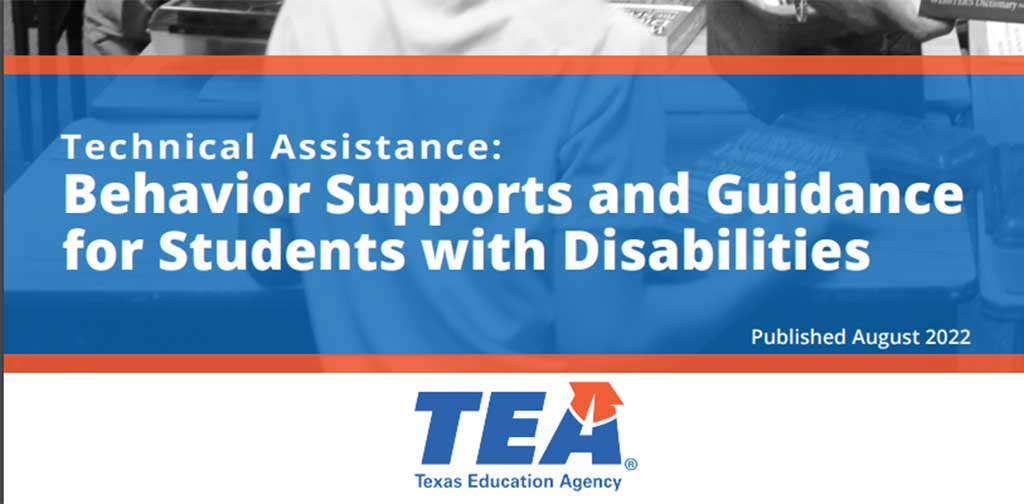The Individualized Education Program (IEP) is a formal commitment from the school that outlines the services and support it will provide to an eligible child in order for the child to benefit from the educational program. An IEP must be developed before a student can begin receiving special education services. It also must be reviewed and updated each year so that the child receives the most appropriate services he needs at that time.
The annual IEP review will follow the same process as your child’s initial IEP. Specifically, it will focus on:
- Progress (or lack thereof) toward the IEP’s specified annual goals
- Progress in the general education curriculum
- Results of any reevaluations of your child
- Information that you provide about your child, such as a Parent Report or letters of recommendation
- Any additional information, such as standardized tests results
It is critical that you work with your child’s teachers, the school, and the school district to make sure your child receives the most appropriate services and accommodations to keep him achieving at grade level. Here are some tips to help you through the annual review process.
Tip #1: Track your child’s progress
Keep a binder to track your child’s writing assignments, worksheets, quizzes and tests as they come home from school, along with any report cards or other information from the teacher or school, including emails. You don’t have to keep everything, but keep good samples of work showing where your child excelled and where your child struggled. Also include the current IEP and any other pertinent documents, such as letters of recommendation, doctor reports, reevaluations, and teacher reports. All of these items help paint a complete picture of your child’s progress to date. Organize this information and review it prior to the IEP meeting. It is important that you have a thorough understanding of your child’s progress — challenges and successes — in all subjects, as well as how they are managing the other aspects of school (e.g., organization, homework completion, socialization, physical environment).
Tip #2: Develop an up-to-date Parent Report
You are your child’s best advocate, so use the information you’ve gathered to develop a detailed report. This doesn’t have to be very formal, but a Parent Report is your opportunity to make note of your child’s strengths and weaknesses both in and outside of the classroom. This applies to homework strategies, technology that has proved to be particularly helpful, and progress towards IEP annual goals. The Parent Report is also an outlet for you to point out your child’s post-high school interests and goals. Overall, your report should explain (from your perspective) how your child is doing academically, socially, and professionally (for older students with internships or part-time jobs). The report also provides a wonderful opportunity to make recommendations about new or improved IEP goals to ensure your child is making the gains necessary to be successful in school.
Tip #3: The IEP meeting can happen more than once a year, if you need it
While the law requires that your child’s IEP must be reviewed once a year, you have the right to request additional meetings with the IEP team at any time throughout the year. There is no need to wait a full year if your child’s progress is slow, if there is a behavior issue that needs to be addressed, or if you want a more frequent update on your child’s progress on his/her IEP annual goals.
By NCLD (National Center for Learning Disabilities) Editorial Team



